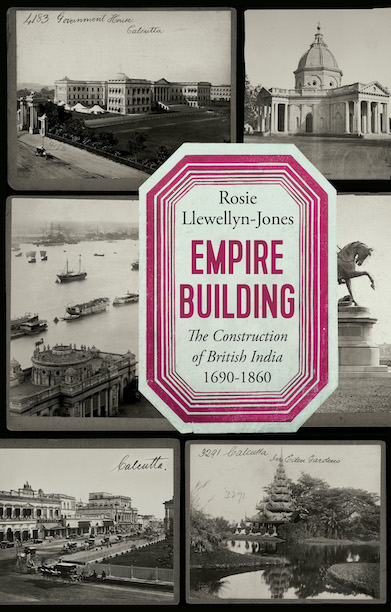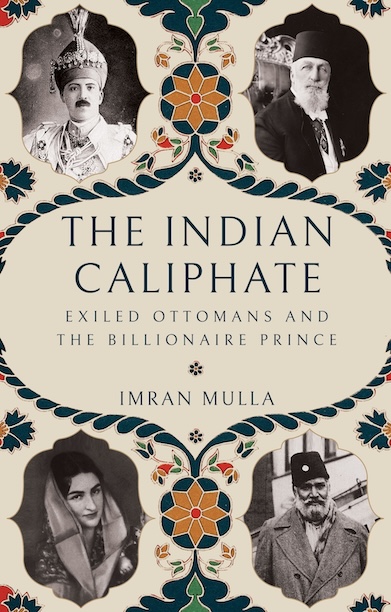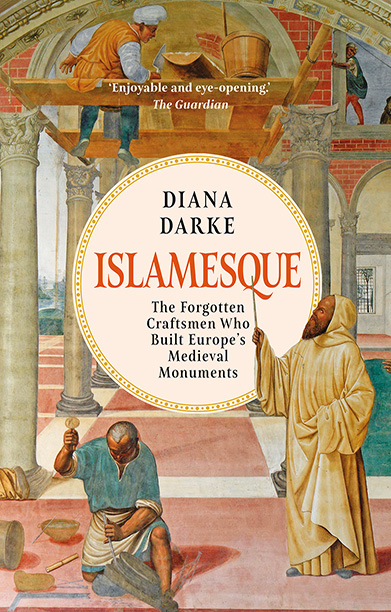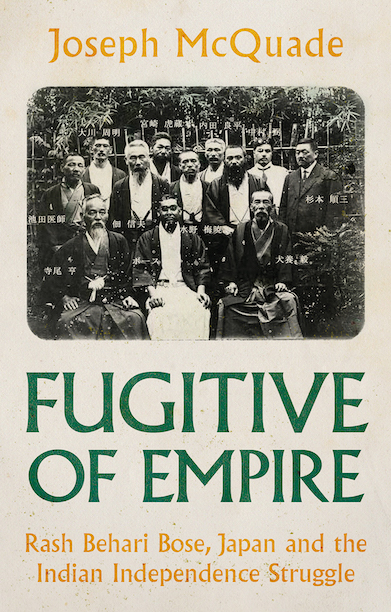Empire Building
The Construction of British India, 1690–1860
A richly illustrated history showing how the British Empire used buildings in early colonial India to influence attitudes among those who saw and used them.
Description
Empire Building is a new account of the East India Company’s impact on India, focussing on how it changed the sub-continent’s built environment in the context of defence, urbanisation, and infrastructural development.
Rosie Llewellyn-Jones examines these initiatives through a lens of ‘political building’ (using Indian contractors and labourers). Railways, docks, municipal buildings, freemasons’ lodges, hotels, race-courses, barracks, cemeteries, statues, canals—everything the British erected made a political statement, even if unconsciously; hence this book is concerned less with architectural styles, more with subtle infiltration into the minds of those who saw and used these structures. It assesses, in turn, Indian responses to the changing landscape. Indians often reacted favourably to new manufacturing technologies from Britain, like minting and gunpowder, while the British learnt from and adapted local methods.
From military engineers and cartography to imported raw metals and steam power, Llewellyn-Jones considers the social and environmental changes wrought by colonialism. This period was marked by a shift from formerly private, Indian-controlled functions, like education, entertainment, trading and healing, to British public institutions like universities, theatres, chambers of commerce and hospitals.
Stepping aside from ongoing colonialism debates, this is a fascinating account of India’s physical transformation during the Company period.
Reviews
‘A fascinatingly novel approach to studies of empire that is as illuminating as it is enjoyable.’ — Asian Review of Books
‘Rosie Llewellyn-Jones presents an impressive narrative of the link between political and economic activities of the EIC and the colonial built environment.’ — International Institute for Asian Studies
‘Although little remains of early Empire, other than the monumental buildings of the time, [Llewellyn-Jones] pulls together… intriguing stories out of the charred fragments.’ — The Hindu
‘This book is concerned less with architectural styles, more with [the] subtle infiltration into the minds of those who saw and used these structures. It assesses, in turn, Indian responses to the changing landscape.’ — Financial Express
‘In Empire Building, Rosie Llewellyn-Jones traces the history of Indian cartography during the British years.’ — The Print
‘With learning and dispassion, Llewellyn-Jones neither overplays the infrastructural legacy of the Raj nor, as is more often the case, does she excitedly tear it down.’ — Air Mail
‘This is a very readable book, richly illustrated, of interest to scholars and general readers alike.’ — Chowkidar
‘This beautifully researched and written volume assesses the “political architecture” the British erected in India and how it impacted both the built environment and the people who used it. It is a major contribution to cultural histories of the British Empire in India.’ — CHOICE
‘[Dr. Llewellyn Jones’] discussion and analysis are wide ranging in topic and time, both illuminating and fair.’ – Asian Affairs
‘A brave and delightful narrative of the remarkable men who were instrumental in creating the early modern infrastructure of India under the English East India Company.’ — Pacific Affairs
‘Rosie Llewellyn-Jones should be read with attention, to get a sense of how negative perceptions can reduce, how empathy can enrich, how visual beauty can uplift, and how listlessness can destroy. It is a parable for today.’ — The Wire
‘Brick by brick, stone by stone, from canals to cantonments, Llewellyn-Jones masterfully reconstructs the infrastructure of empire in India. An engaging insight into a neglected area of imperial scholarship.’ — John Zubrzycki, author of The House of Jaipur
‘Highly readable, full of overlooked detail, Llewellyn-Jones brings British India to life.’ — Roderick Matthews, author of Peace, Poverty and Betrayal: A New History of British India
‘Offbeat and absorbing, this connects the politics, technology and aesthetics of state architecture of colonial India. With a fascinating series of studies of state buildings and superb illustrations, Llewellyn-Jones shows how the built environment of the Raj reflected the regime’s view of itself and the culture of the people it ruled over.’ — Tirthankar Roy, Professor of Economic History, London School of Economics, and author of The Economic History of Colonialism
‘A highly ambitious book linking art, architecture and engineering with education, scientific innovation and social history. An entertaining, well-researched and original contribution to current literature. I can think of no current competition which covers as much ground.’ — Caroline Keen, author of A Judge in Madras: Sir Sidney Wadsworth and the Indian Civil Service, 1913–47
‘Political architecture is one of the lasting legacies of the British in South Asia. Bringing in the role of oft-forgotten engineers, architects and the Indian response to such changes, Llewellyn-Jones weaves together an engaging narrative of the construction of the visual and built environment in South Asia.’ — Yaqoob Khan Bangash, Director, Centre for Governance and Policy, ITU Lahore, and author of A Princely Affair: Accession and Integration of the Princely States of Pakistan
Author(s)

Rosie Llewellyn-Jones PhD holds a degree in Urdu from SOAS University of London. A renowned historian of colonial India, she is Editor of Chowkidar, the journal of the British Association for Cemeteries in South Asia. Her books include The Last King in India, also published by Hurst, and Lucknow 1857.






